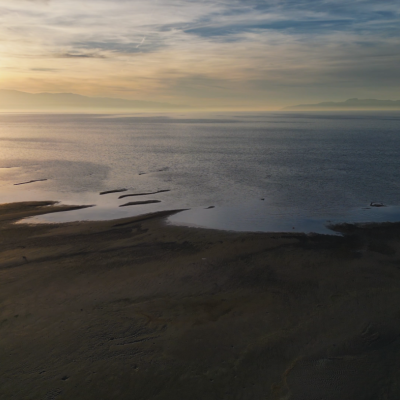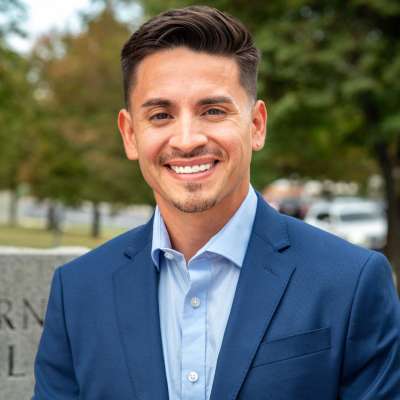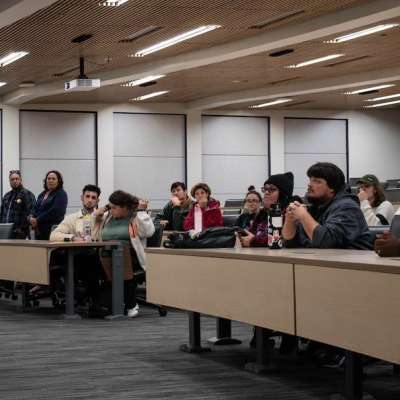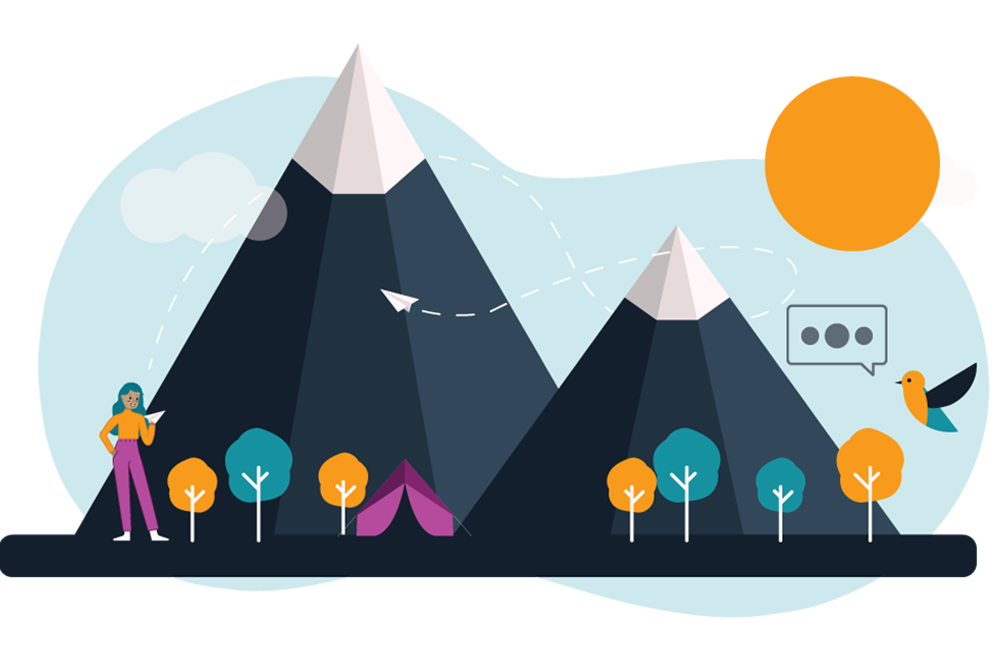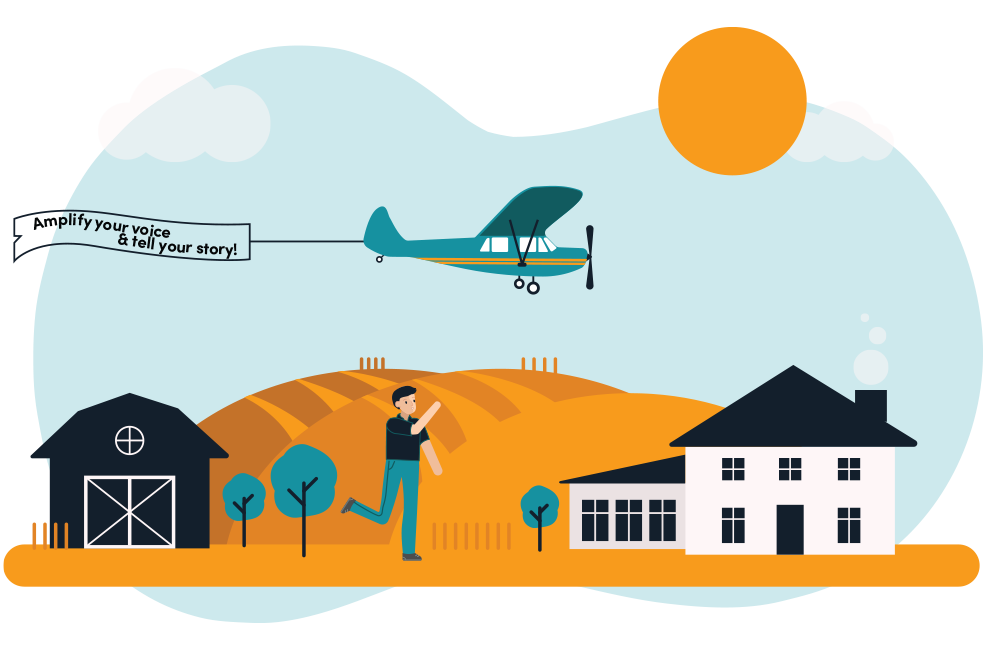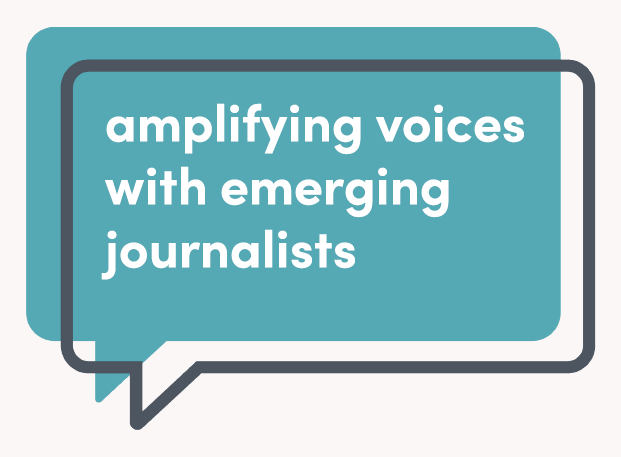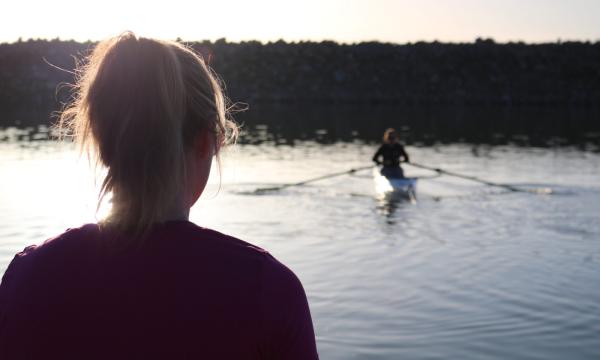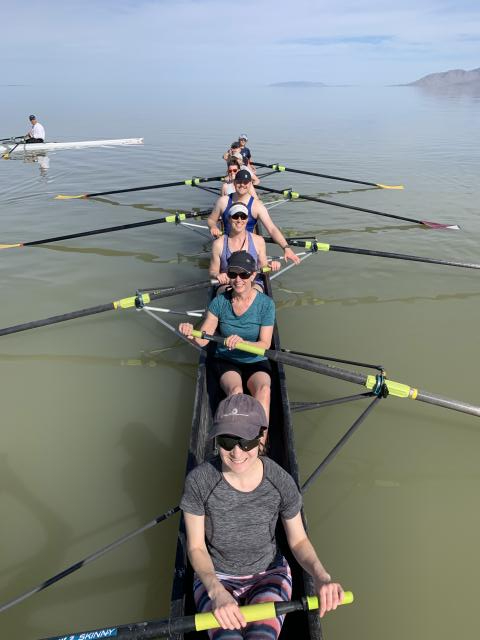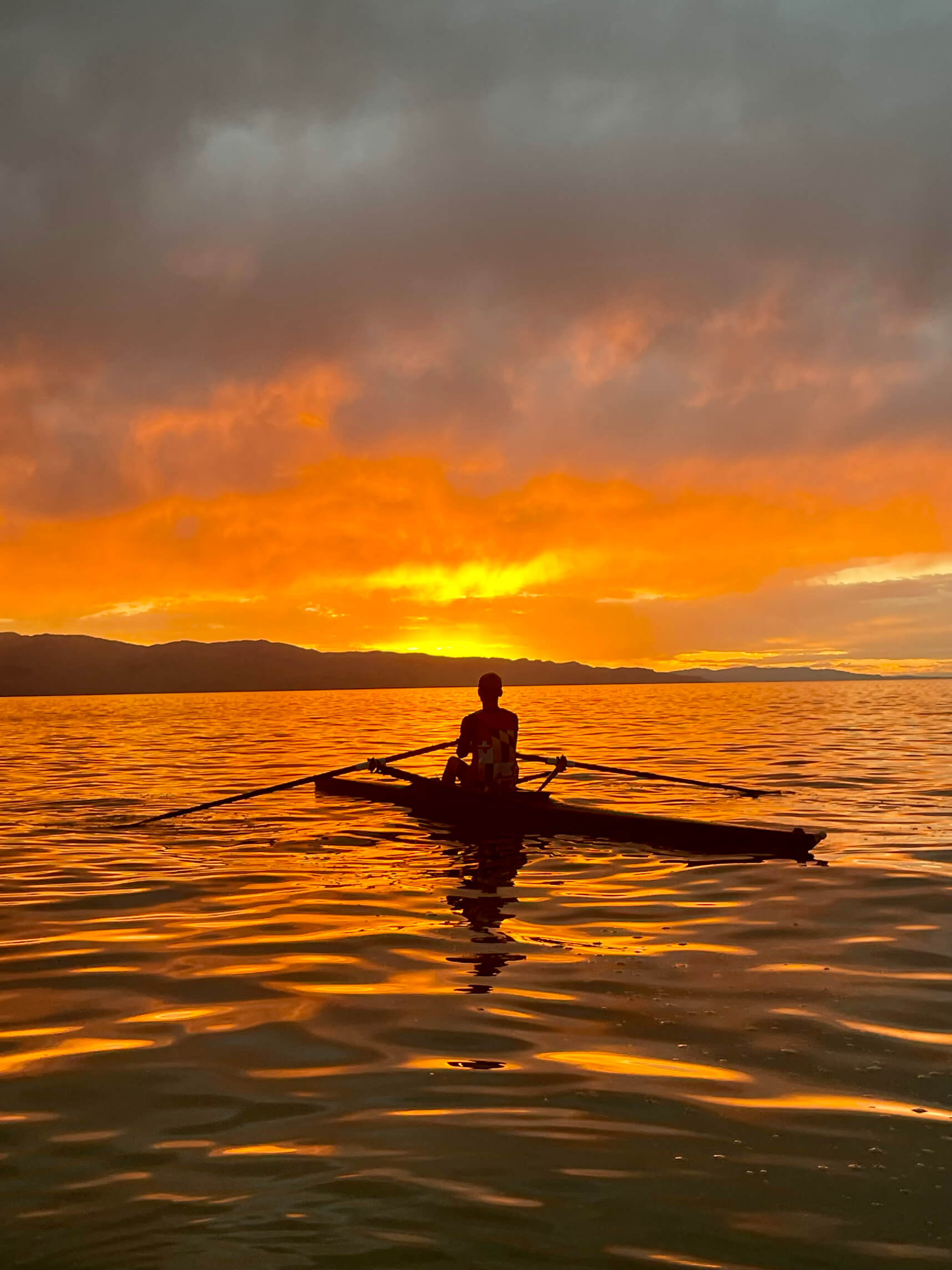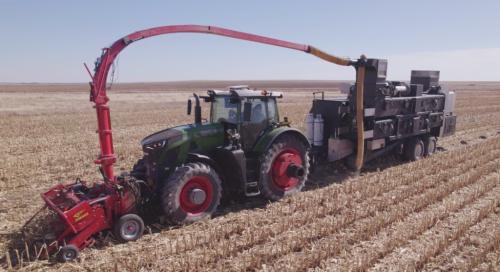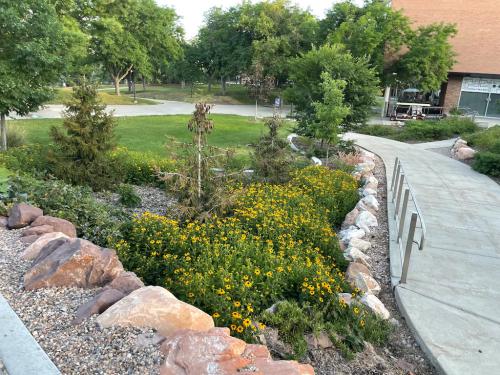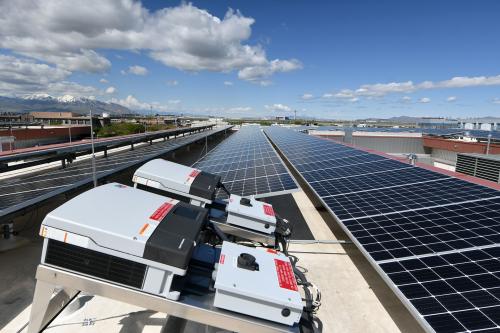The stalks and husks of corn plants — the waste product left by combine harvesters — could be a key tool in the fight against climate change, and the University of Utah is putting up $500,000 to test the idea.
The U.’s Wilkes Center for Climate Science and Policy recently awarded its half-million-dollar Wilkes Climate Launch Prize to Applied Carbon, a Texas-based startup.
Applied Carbon won the prize for its mobile farm technology, which turns crop waste into a soil additive that decreases the need for fertilizer and stores the remaining carbon in the earth’s soil.
William Anderegg, director of the Wilkes Center, said one of the main selling points of Applied Carbon’s technology is its potential to be made for scale.
“The scalability is very exciting, and you can see a path for them to really scale up across many different agricultural fields in the next couple of years,” he said.
The crop waste is produced when combine harvesters sail through tall corn fields, their rotating blades slicing through the stalks, filtering them into the machine’s mouth, where its spinning cylinders rip the corn kernels from the husk and stems. The combine saves the kernels of corn in its body and spits out the stalk and husk remnants, leaving it to waste on the flattened field.
The prize, one of the largest university-run climate prizes in the world, was created in 2023 to help jump-start promising climate solution ideas. At a September reception in partnership with the Southwest Sustainability Innovation Engine, Anderegg awarded the prize money to Jason Aramburu, Applied Carbon’s CEO and co-founder.
At the reception, Aramburu said that “as a startup company … there’s often a funding gap, particularly in this sector, to get your technology to market.” He later added that the prize money will help the company produce more of their biochar machines and get them into the field.
Applied Carbon now has four mobile pyrolizers, a machine that can reach high temperatures without oxygen, and the company will apply the prize money to its field operations in Texas, Aramburu said. These operations, he said, work in partnership with the U.S. Department of Agriculture through the Natural Resources Conservation Service.
“We’ve got about 4,000 acres of corn that we’re working with. We will test our equipment [in Texas] and also test how effective the biochar is on the soil,” he said.
The yield and soil chemistry testing, Aramburu said, will determine if the process works and to measure the impact of the technology. The project, in its first multi-season trial run, is expected to remove 100,000 tons of carbon from the atmosphere by 2026, he said.
“That figure is still a bit in flux,” he added.
Biochar, a charcoal-like substance derived from biomass waste, is made through pyrolysis, a heat-driven process that uses virtually no oxygen and stores carbon in the waste product, according to Utah State University. Biochar, Anderegg added, is promising as a nature-based tool for fighting climate change because its carbon storage is stable and lasts hundreds of years.
“By contrast, a huge number of companies and governments are interested in tree planting, … but forests are at increasing risk from fire and drought and climate change,” he said. “We really worry about planting trees in one area that may be dead in 10 to 20 years.”
Darren McAvoy, an extension professor of forestry at Utah State University, said applying biochar at a global rate of 10 tons per acre over 30 years could put more carbon into the soil than has been released into the atmosphere since the Industrial Revolution.
“It’s a completely academic example that will never happen, but it’s useful in that it shows that we could potentially get a handle on [climate change] with just this one approach,” he said.
In 2019, McAvoy developed Big Box biochar kilns, a low-tech method for producing biochar from timber, brush and logs. He said this “glorified dumpster” reduces hazardous fuels and preserves 35% of its carbon in the soil for hundreds of years. This method, he said, only works on wood waste, not on agricultural waste.
Applied Carbon’s technology, Aramburu said, works by moving in-field with agricultural residue, but it can also run stationary and convert wood biomass into biochar. The company, he added, is interested in expanding to Utah at some point.
“There’s a huge opportunity with forestry waste and forestry residue to process, particularly for fire prevention, and there’s also quite a bit of agriculture in the region,” Aramburu said. “So we are absolutely interested in entering Utah [and] the Mountain West in general.”
McAvoy said he sees the promise of Applied Carbon’s farm technology.
“It’s a great idea. I love the principle of it,” he said. “The big questions always are, is it economical? Will the farmer … benefit enough from the service to pay for it?”
ValJay Rigby, president of the Utah Farm Bureau Federation, said he is unaware of any farmers now using Applied Carbon’s product, but he said he supports continued efforts in research and innovation.
“The future of agriculture will always rely on innovative solutions to the challenges we face,” Rigby said via email. “... We appreciate the dedicated innovators, entrepreneurs and researchers working to come up with tools to help us be successful.”
When scaling the technology for mass production, Aramburu said one challenge includes integrating the pyrolizers without slowing down farmers’ operations. Running a combine is the most expensive time for a farmer, he said, and the mobile pyrolizer could slow them down during that “small window of time that the farmer can do his work without any interruption.”
Still, Aramburu said the technology runs an acre per hour, fast enough to be commercially viable. Farmers using the technology have responded positively, with one hay farmer increasing his yield by 60%, Aramburu added.
“That was a lot more than we would have anticipated,” he said. “But the response has been really positive. [Farmers] like the potential yield benefit of biochar, and they like that they’re doing something good for the environment.”
Applied Carbon is also among the top 20 finalists for the carbon removal XPRIZE. The company will use the Wilkes Prize funds to scale up its pyrolizers as it competes for XPRIZE’s $50 million award, Anderegg said.
Giovanni Radtke wrote this story as a journalism student at the University of Utah. It is published as part of a collaborative including nonprofits Amplify Utah and The Salt Lake Tribune. Radtke’s class partnered with the Great Salt Lake Collaborative, a solutions journalism initiative that partners news, education and media organizations to help inform people about the plight of the Great Salt Lake — and what can be done to make a difference before it is too late. Read all of the collaborative’s stories at greatsaltlakenews.org.
###
NOTE TO MEDIA PARTNERS PUBLISHING WORK
We also request organizations include the following text either at the beginning or end of the story text :This story is jointly published by nonprofits Amplify Utah and [Your Media Organization's Name] to elevate diverse perspectives in local media through emerging journalism. Giovanni Radtke wrote this story as a journalism student at the University of Utah. For more stories from Amplify Utah, visit amplifyutah.org/use-our-work.







